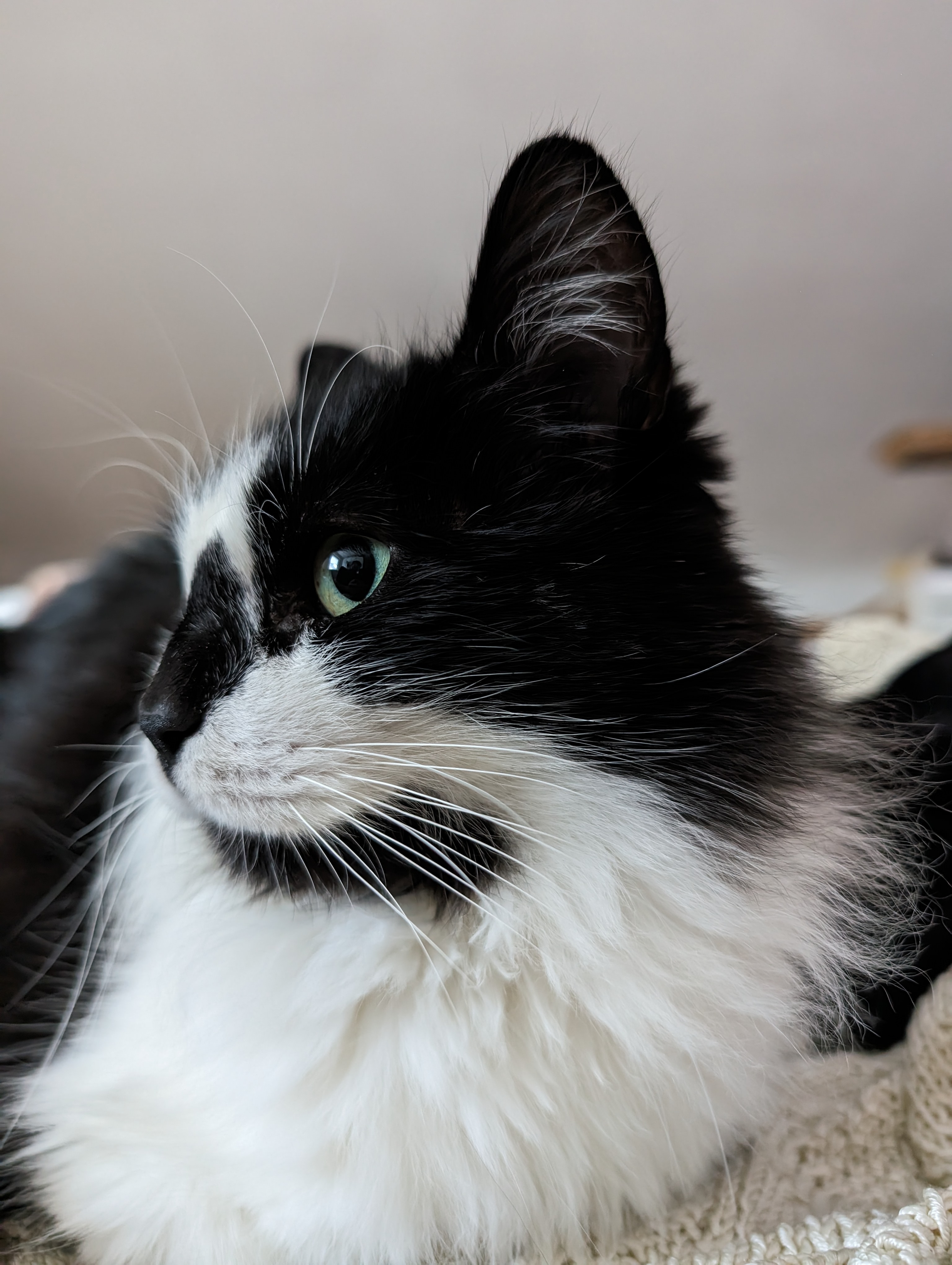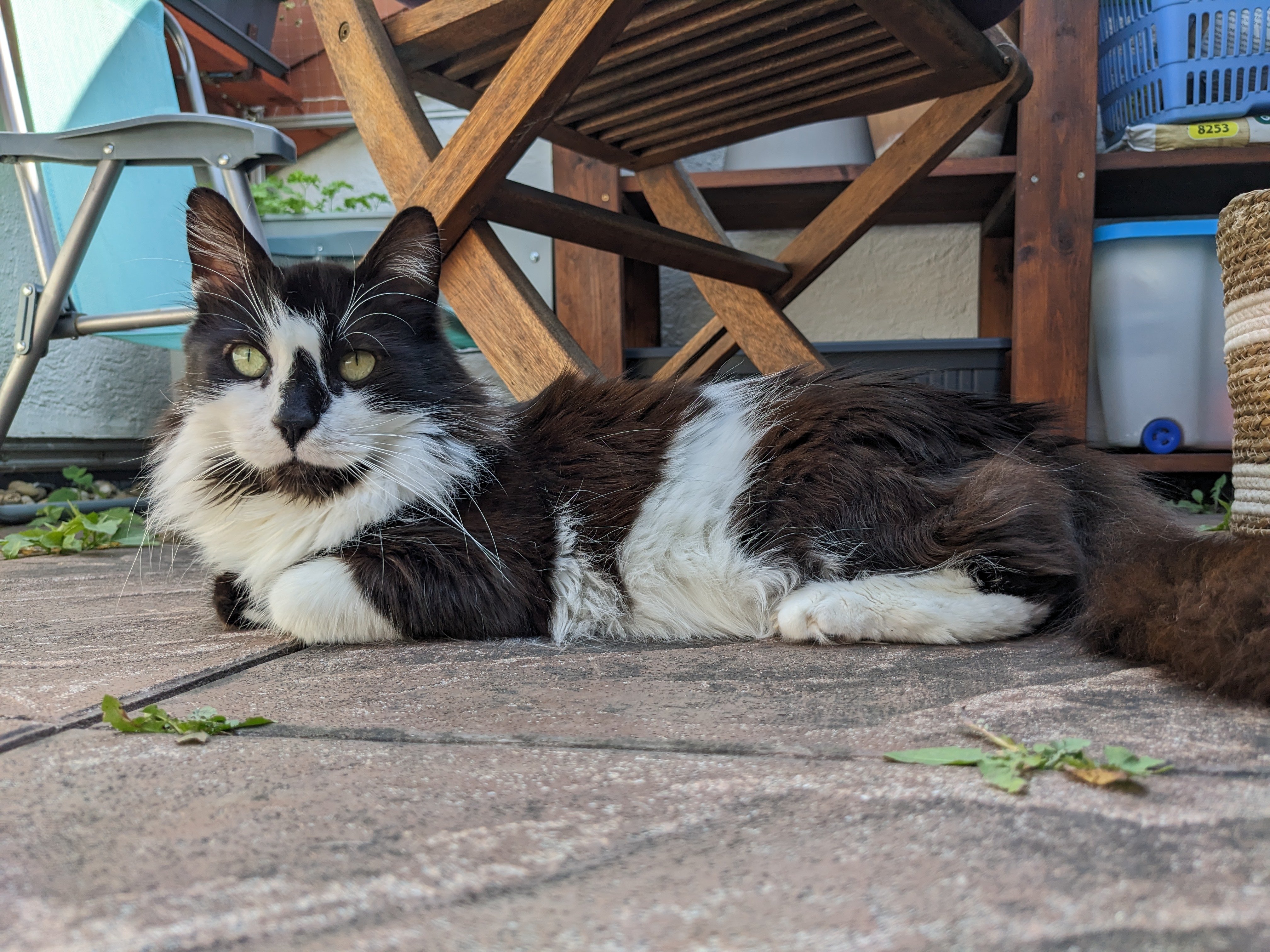I switched a year ago to podman and had some trouble to get everything running. But it is possible. I'm not running anything rootful and everything works.
Read the docs, use podman-compose (this sadly has no good docs, but works quit well when you got it) and get ready to play around with permissions and file ownership.



Yeah, I did not know it is that bad....